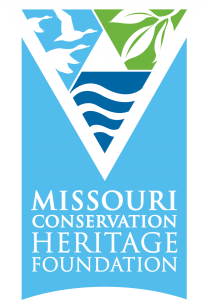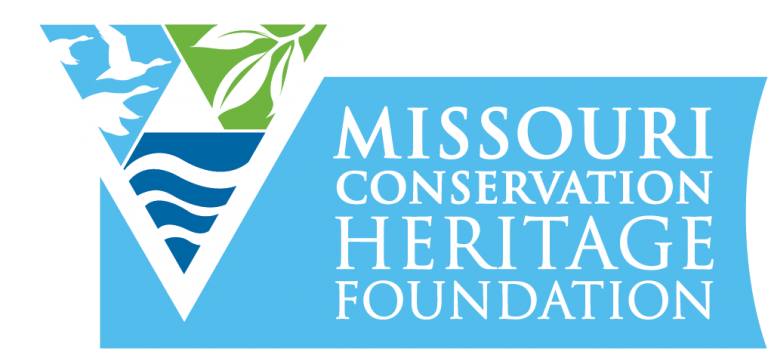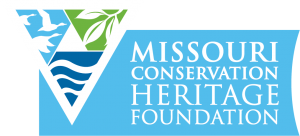MCHF is partnering with the Ozark Chinquapin Foundation (OCF) to help restore the Ozark Chinquapin, sometimes called the Ozark chestnut, back to its historic native range. Consider a monthly recurring donation to support these trees year-round.
Decimated by the chestnut blight in the mid-1900s, any viable trees were thought to be long gone until Steve Bost and others found 45 large trees in Missouri and Arkansas.
OCF is attempting to establish a viable seed base through research and the manual cross-pollination of surviving trees. Their goal is to develop a 100% pure Ozark Chinquapin that is blight resistant, and distribute those seeds to those interested in helping.
Why sponsor an Ozark Chinquapin tree?
The Ozark Chinquapin tree was the most important tree in our forest, producing crops of high protein nuts every year without fail. Restoring this endangered species back to our forests will have a significant impact on wildlife populations. We can proudly leave this legacy for wildlife and our children to inherit.
How important was the Ozark Chinquapin tree?
“The Ozark Chinquapin nuts were delicious, and we waited for them to fall like you would wait on a crop of corn to ripen … they were that important.
“Up on the hilltops, the nuts were so plentiful that we scooped them up with flat blade shovels and loaded them into the wagons to be used as lifestock feed, to eat for ourselves, and to sell.
“Deer, bears, turkeys, squirrels, and a variety of other wildlife fattened up on the sweet crop of nuts that fell every year without fail.
“But, starting in the 1950s and 1960s, all of the trees started dying off. Now they are all gone and no one has heard of them.”
– Hearold Adams, 99-year-old Missouri outdoorsman describing the trees before the chestnut blight reached Missouri.









